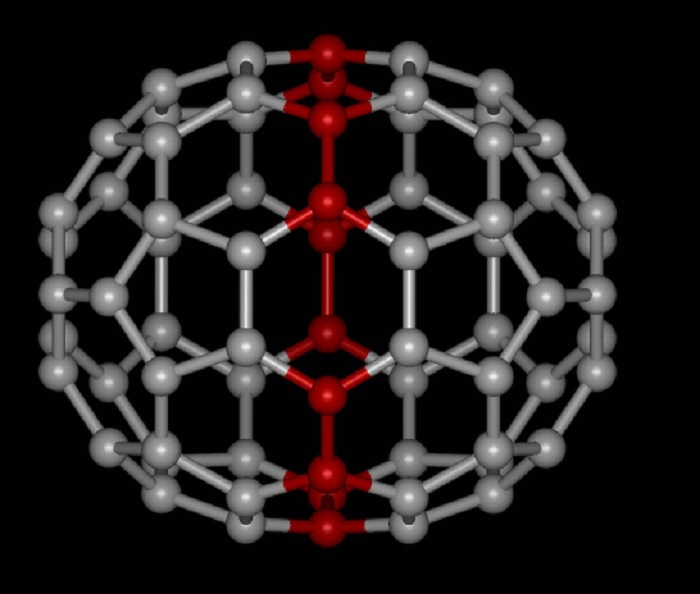Self-assembling programmable devices thanks to molecular robotics advance
I have been always interested in science, mainly in chemistry. So what I have found the most interesting is the way how scientists can change our lives thanks to the new developments, gadgets, tools, new treatments or cures being invented. Take for example the potential of nanotechnology to transform every facet of our lives. There are companies like MST nano dedicated to researching the potential application of graphene, fullerenes and other nanomaterials in a variety of fields, and there are medical specialists eager to put those to the test.
One of the biggest mysteries and challenges facing us today is definitely getting to know our DNA which hides a lot of wonders for us. For this reason I think this article should be significant for all of us.
There is new method of pre-designing sequences of DNA
There was developed the method of pre-designing sequences of DNA. They grow autonomously with catenation along the particular assembly routes and thus afford foundation of new creation of programmable molecular devices. The engineers´ concept of primer exchange reaction – abbreviated PER – is the original set of gadgets with miscellaneous functions, for example self-building DNA-origami or DNA nanostructures which sense, record and also rank environmental signs.
Autonomous growth of single-stranded DNAs
Thanks to the self-styled Primer exchange reaction cascades there is possible the autonomous development of single-stranded DNAs. In addition, the catalytic Primer exchange reaction hairpin binds over the first primer, triggers its stretching with a series which is ciphered by the hairpin itself and thus it is able to begin the other circle with the already expanded primer and so forth to the generation of a large transcript.
How it is available to re-purpose DNA
I only wonder how synthetic biologists with nano biologists are able to re-purpose DNA which stands for the matter being presented in almost each of the body cells to be clever and even stable self-assembling element in order to build nanofactories or molecular gadgets which are able to sense its surroundings or reply in a different way (e. g. it can find the inflammation within the man and even toxins being evident in the surroundings). The nanoscale application repeatedly include the synthesis of great sequences accommodating many building blocks which make DNA. They are alluded as the A, T, C and G nucleotide bases that are able to be further shaped and folded thanks to particular base-pairing abilities among As and Ts, Cs and Gs.
The development up until today
Unfortunately, the researchers were not able to allow larger single-stranded series to autonomously expand and after that tie together end-to-end following the molecular design faculty how to generate structures or gadgets with different skills.
However, the researcher Peng Ying at Harvard’s Wyss Institute for Biologically Inspired Engineering prosperously managed the first set of devices which have various functions, for example DNA nanostructures which sense, record, develop and logically assesses environmental signs.
So not only Wyss Institute Core Faculty member Peng Yin, Ph. D. is very optimistic about the future development of state-of-the art synthetic biology use and its technology´s broad capability. And there is interesting fact that PER DNA transcripts are able to be catalytic themselves and also be fluorescently marketed probes which increases the presence of a particular molecular stimulus which faithfully show the order in which single molecular signs come forth in the environments.
To sum things up…
I guess that this is only the beginning of this research and I only hope that chemists are able to get to know more in this field.
So I have read a lot of studies and articles about DNA. And the other interesting article about DNA and its capability of healing I have found in here. However, DNA is a wonder for me so I have found more about it, for example about its altering. About possible ways how to alter our DNA I have read in this awesome article.


Comments are closed.